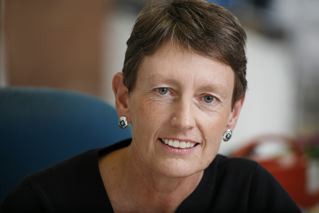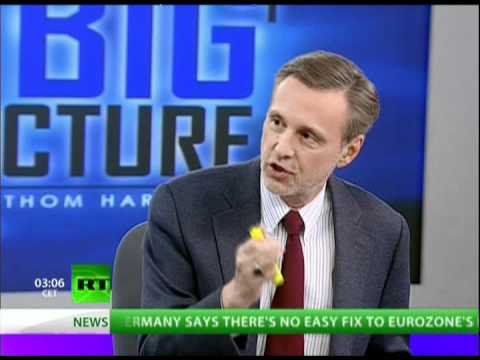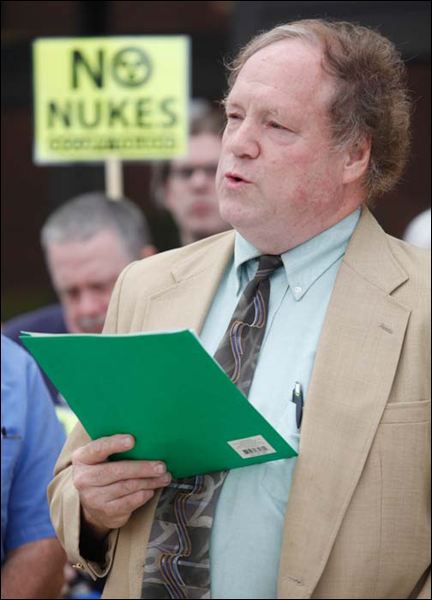Two dozen groups rebut NEI, supplement comments to NRC on Nuke Waste Con Game
 January 15, 2013
January 15, 2013  Environmental coalition attorney Diane CurranAn environmental coalition comprised of two dozen organizations, including Beyond Nuclear, today submitted supplemental public comments to the U.S. Nuclear Regulatory Commission (NRC) regarding the agency's court-vacated Nuclear Waste Confidence Decision and Rule. The supplemental comments constituted a rebuttal to comments submitted by the Nuclear Energy Institute (NEI), the nuclear power industry's lobbying arm in Washington, D.C.
Environmental coalition attorney Diane CurranAn environmental coalition comprised of two dozen organizations, including Beyond Nuclear, today submitted supplemental public comments to the U.S. Nuclear Regulatory Commission (NRC) regarding the agency's court-vacated Nuclear Waste Confidence Decision and Rule. The supplemental comments constituted a rebuttal to comments submitted by the Nuclear Energy Institute (NEI), the nuclear power industry's lobbying arm in Washington, D.C.
The coalition held a press conference today, featuring four speakers: Arjun Makhijani, President of Institute for Energy and Environmental Research, one of the coalition's expert witnesses; Diane Curran of the Washington, D.C. law firm Harmon, Curran, Spielberg + Eisenberg, LLP, a lead attorney for the coalition (see photo, left); John Runkle, an attorney with NC WARN (North Carolina Waste Awareness and Reduction Network), another coalition member; and Phillip Museegas, an attorney with Riverkeeper, and another expert witness for the coalition, of which Riverkeeper is also a member.
The U.S. federal court of appeals for the D.C. circuit ruled on June 8th that NRC "merely hoped" for a repository someday, and ordered the agency to undertake an environmental impact statement study on the long-term consequences of no repository ever opening, that is the long-term risks of on-site irradiated nuclear fuel storage in pools and dry casks.
Phillip Museegas of Riverkeeper emphasized that not only human health and safety risks associated with past, present, and future leaks of radioactivity from high-level waste storage pools needs to be included in NRC's EIS, but also the ecological consequences for downstream environments from such leaks. Riverkeeper is challenging Entergy's proposed 20-year license extension at Indian Point Units 2 & 3 near New York City. Indian Point 2's pool has been leaking radioactivity into soil, groundwater, and the Hudson River for nearly a decade.
The coalition issued a press release; the full audio recording of the press conference is posted on-line.
The coalition's January 2nd public comments, including expert witness testimonies, are posted on-line. So are the coalition's supplemental comments submitted today, put together in rebuttal to NEI's Jan. 2nd comments.
 admin |
admin |  Post a Comment |
Post a Comment | 







